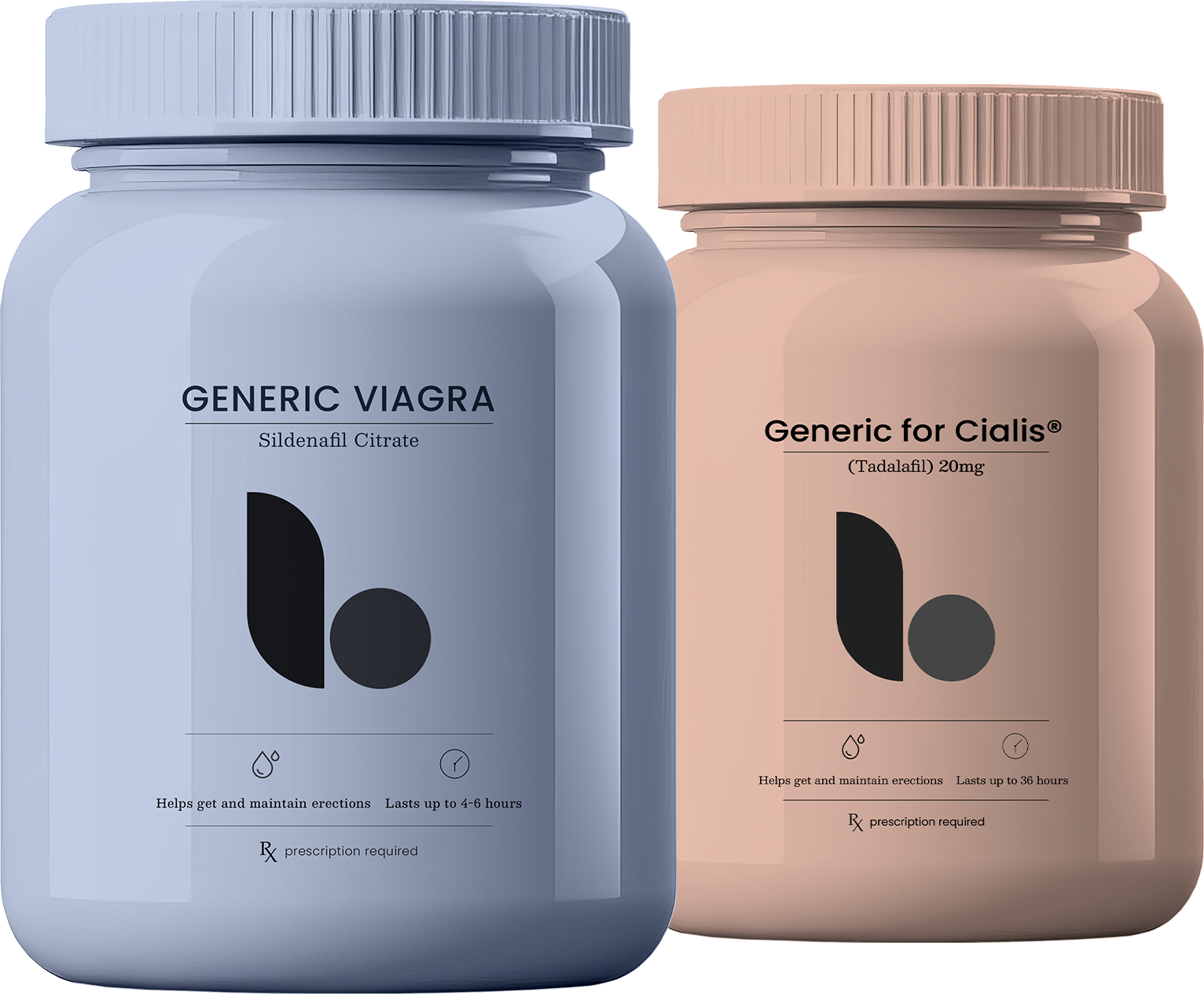Peyronie’s disease is a significant health concern affecting approximately 40% of men between the ages of 40 and 70, and it currently lacks a definitive cure. This article explores the complexities of Peyronie’s disease, focusing on its causes, symptoms, risk factors, stages, diagnosis, and available treatments.
Unveiling Peyronie’s disease
While some men are born with a curved penis, others may develop this condition later in life, typically between their 30s and 70s. Peyronie’s disease occurs when fibrous plaques form beneath the penile skin, leading to lumps that cause the erect penis to curve. The severity and direction of the curvature can vary significantly, affecting sexual intercourse and potentially leading to related conditions like Dupuytren’s contracture.
Identifying risk factors
- Recognizing the risk factors associated with Peyronie’s disease is essential for early intervention.
- Age: The condition is more prevalent in middle-aged and older men.
- Genetics: A family history of Peyronie’s disease increases risk.
- Erectile Dysfunction: Conditions like diabetes can make men more susceptible.
- Surgery: Men who have undergone prostate cancer surgeries, such as radical prostatectomy, are at a heightened risk.
- Connective Tissue Disorders: Disorders like scleroderma can promote fibrous tissue development.
- Autoimmune Disorders: Conditions like lupus may contribute to penile curvature.
- Potential Triggers
Let’s Make Men’s Health Simple.
Connect with a US-licensed healthcare provider for a FREE Evaluation!
Your #1 Portal for Men’s Prescription Medication

While the exact cause of Peyronie’s disease is not fully understood, several potential triggers include:
- Physical Injuries: Trauma to the erectile tissue can result in scar tissue.
- Internal Bleeding: Intense sexual activity can lead to bleeding and subsequent scar formation.
- Nonsexual Injuries: Injuries resulting in penile pain may also be a factor.
- Infections: Infections of the penis can play a role.
- Medications: Certain drugs, including those for seizures and blood pressure, may increase the risk.
- Genetic Factors: Abnormalities in collagen can influence fibrous tissue growth.
Symptoms of Peyronie’s disease
Key indicators of Peyronie’s disease include:
- “Bottle-necking”: An hourglass appearance due to indentations.
- Firm Lumps: hardening lumps beneath the skin, often painless.
- Curvature: changes in direction caused by scar tissue.
- Pain or discomfort: localized pain and visible lumps.
- Painful Erections: discomfort experienced during erections.
- Softer Erections: Reduced rigidity during sexual arousal.
Understanding disease progression
Peyronie’s disease progresses through two distinct stages:
- Acute Phase (Early Stage): Characterized by the initial development of plaques, this phase can last up to 18 months and may involve discomfort and noticeable bends.
- Chronic Phase: In this phase, plaques stabilize and curvature becomes more defined, increasing the risk of erectile dysfunction.
Consulting healthcare professionals
While some curvature is normal, it’s crucial to seek professional help if you notice lumps or changes. Diagnosis typically involves:
- Physical Exam: This includes measuring curvature and assessing scar tissue.
- Ultrasound: Imaging is used to identify soft tissue abnormalities.
Managing Peyronie’s disease
Treatment options for Peyronie’s disease aim to alleviate symptoms and may include:
Injections: Medications like Clostridium histolyticum (Xiaflex), Verapamil, and Interferon can help weaken scar tissue.
Stretching Exercises: These may reduce curvature.
- Oral Medications: Potassium aminobenzoate and Vitamin E may mitigate plaque formation.
- Penile Traction Devices: These can help reduce curvature by enhancing length and width.
- Penile Prosthesis: Useful for men with softer or absent erections, assisting with straightening.
- Surgery: Options include plaque incision, vein grafting, and Nesbit plication for severe cases.
Conclusion
In summary, Peyronie’s disease is characterized by penile curvature and scar tissue formation, necessitating attention and understanding. Recognizing symptoms, identifying risk factors, and exploring treatment options are crucial for effective management. Consulting healthcare professionals ensures timely diagnosis and personalized treatment plans, helping prevent potential complications like erectile dysfunction and fibrous growth in other body parts.



